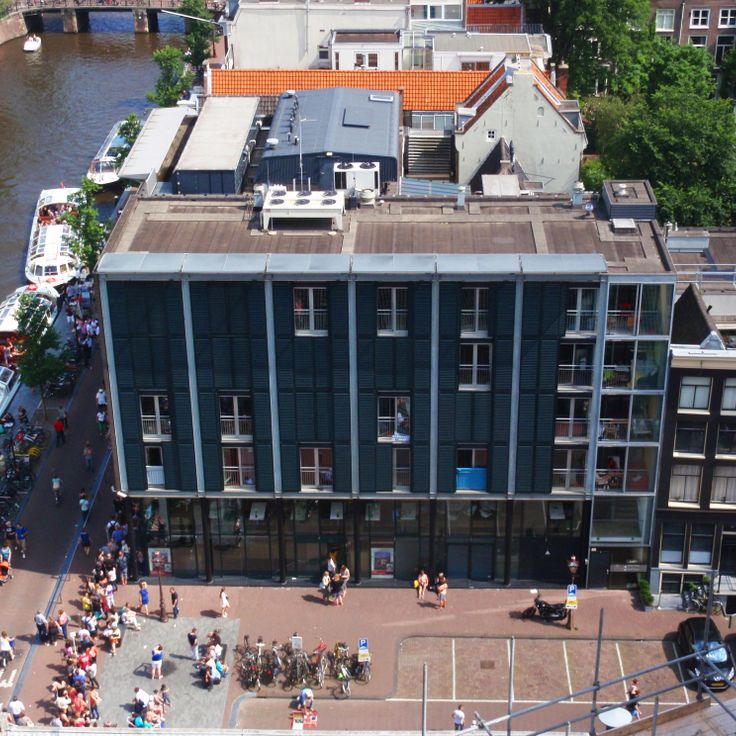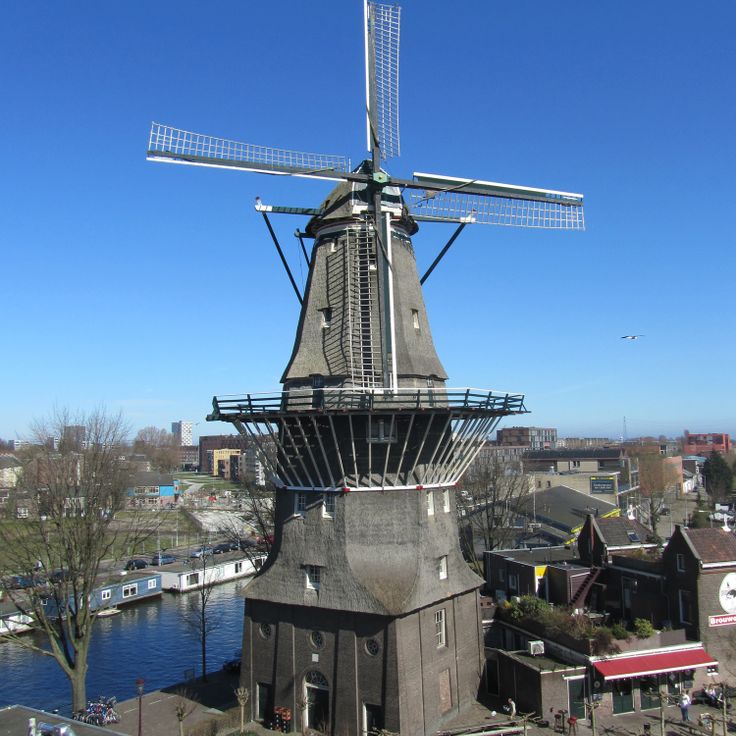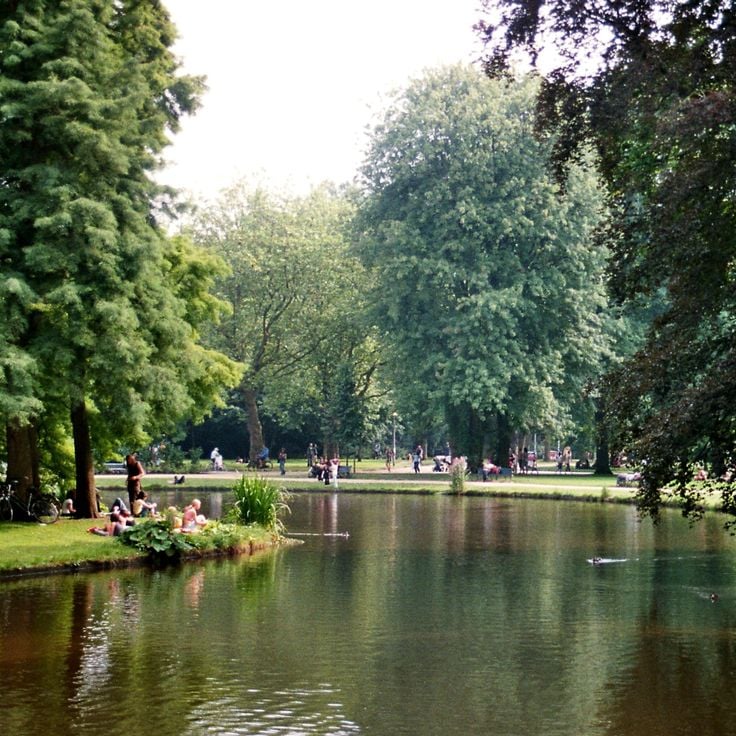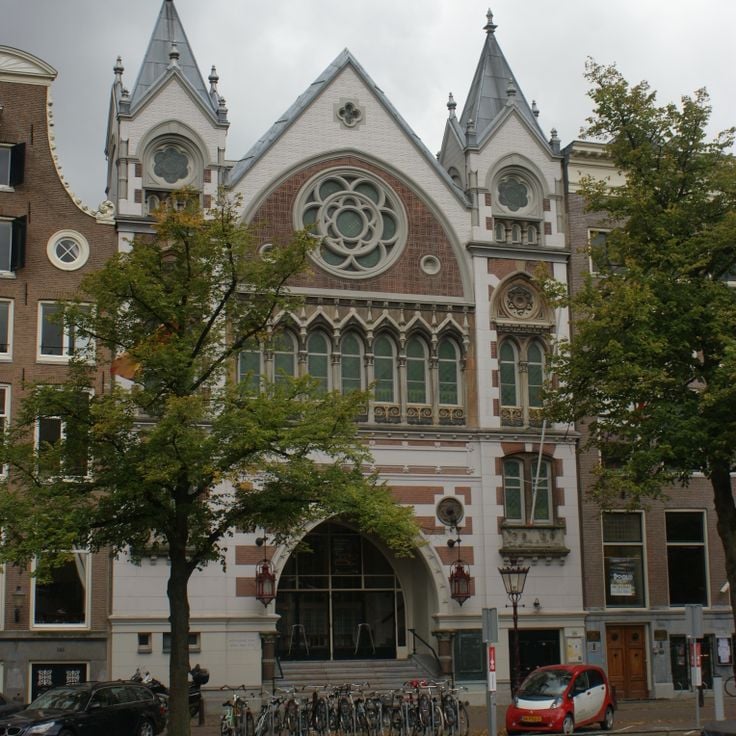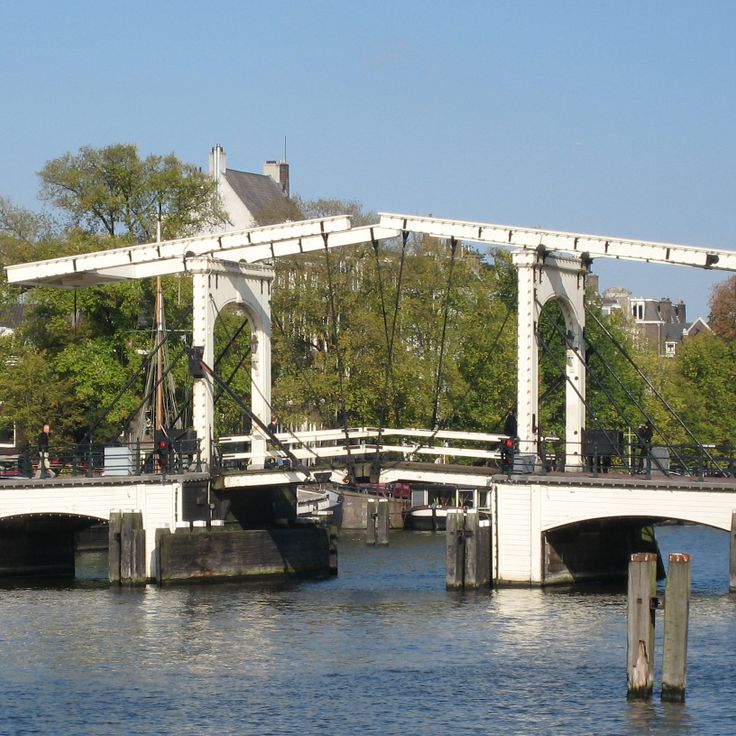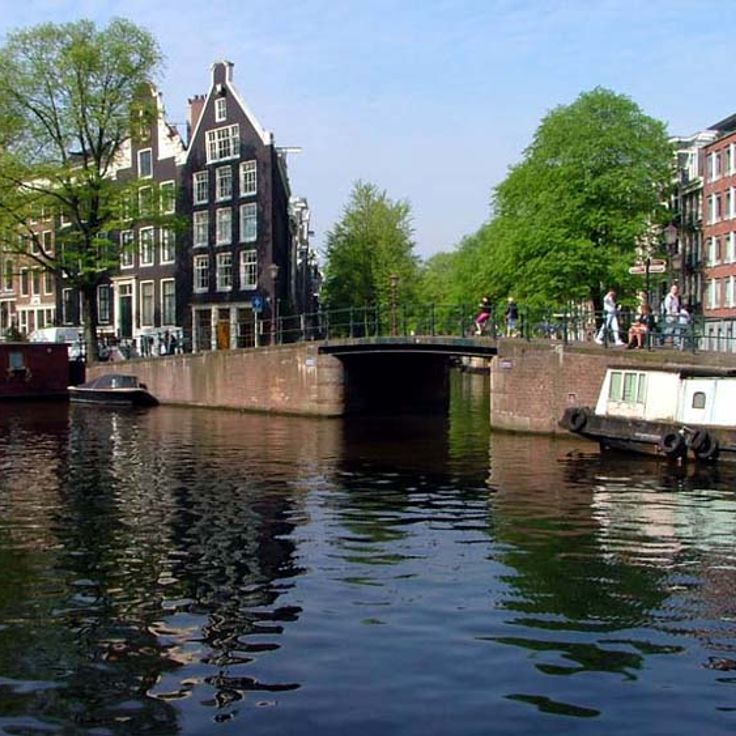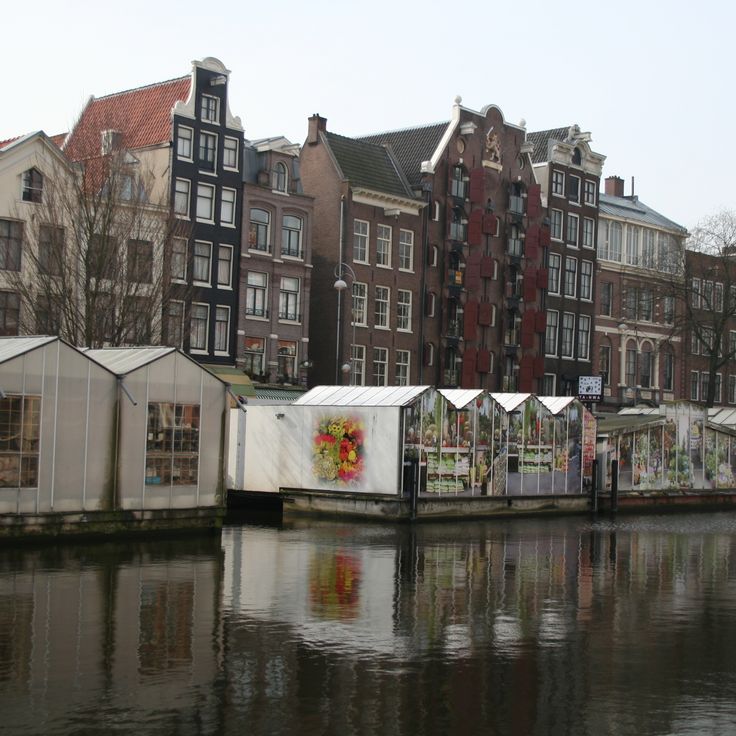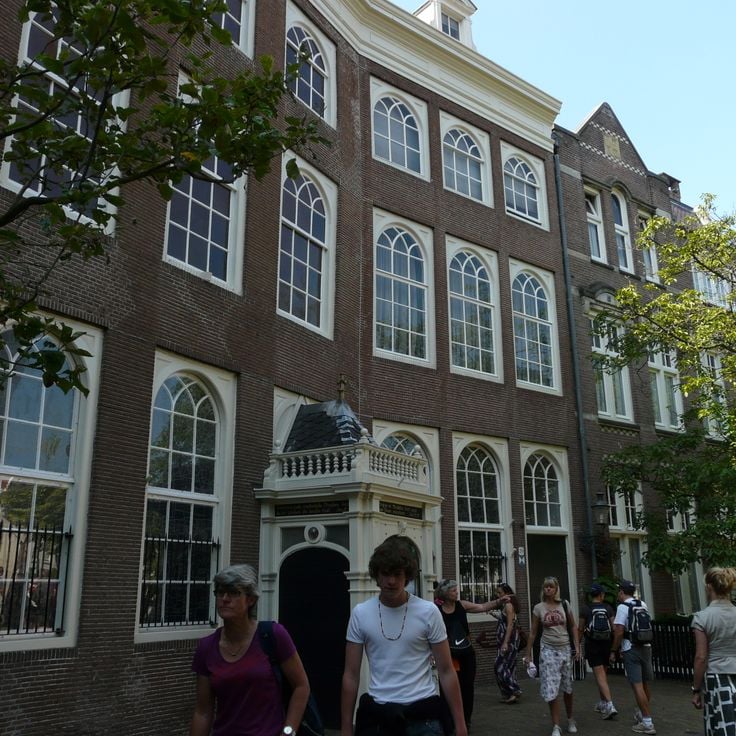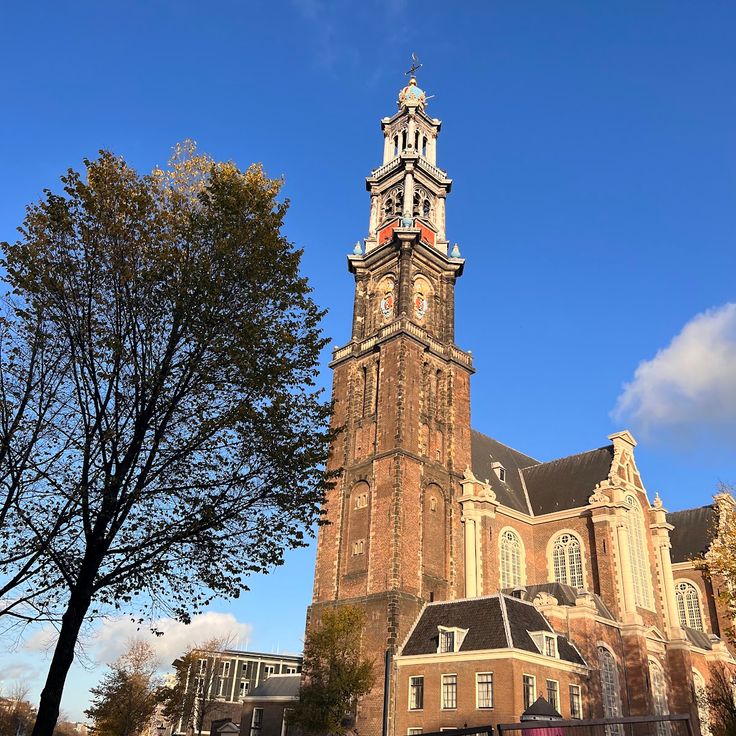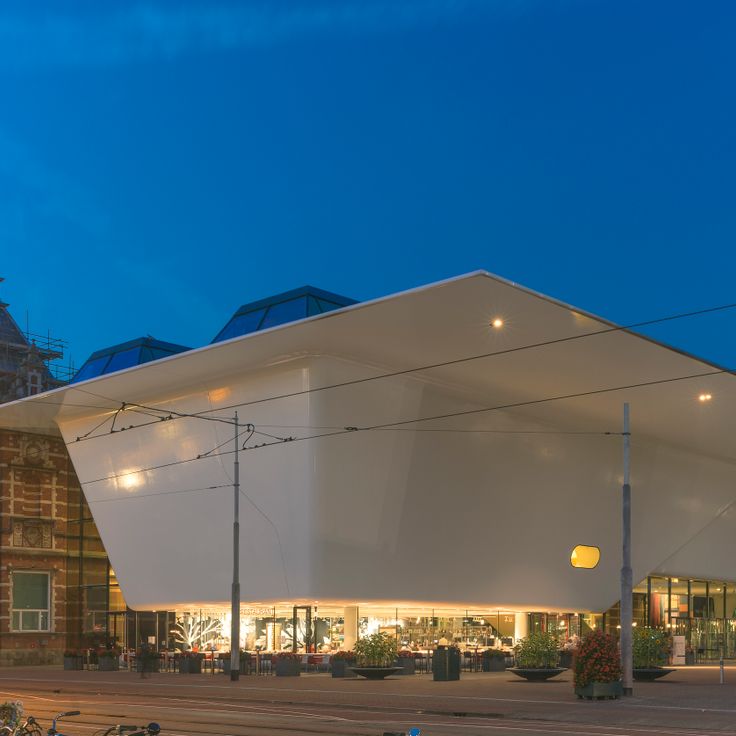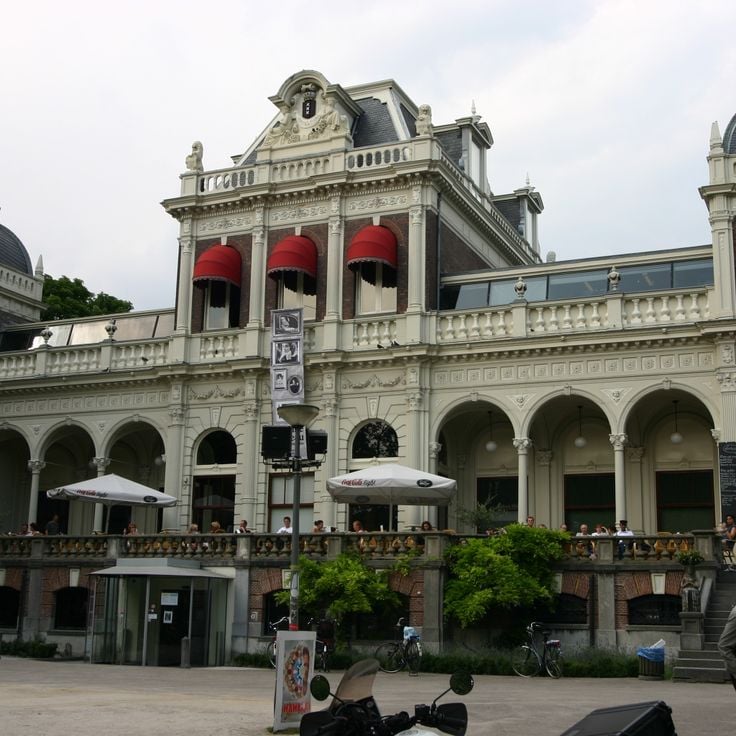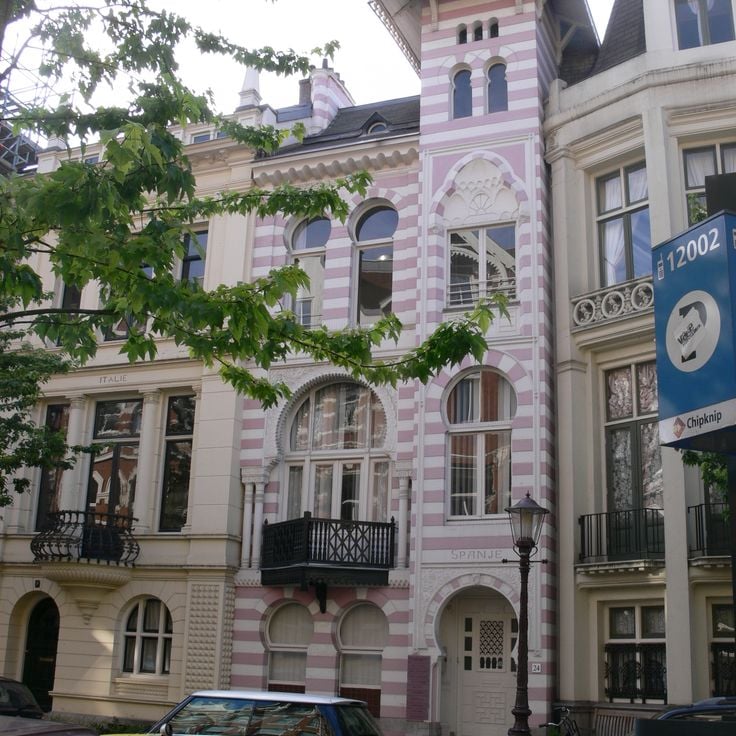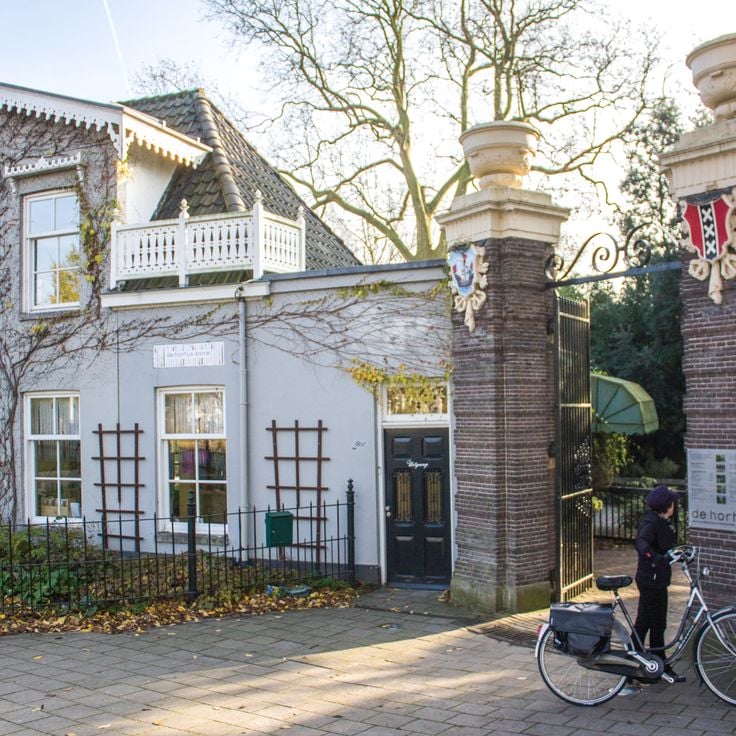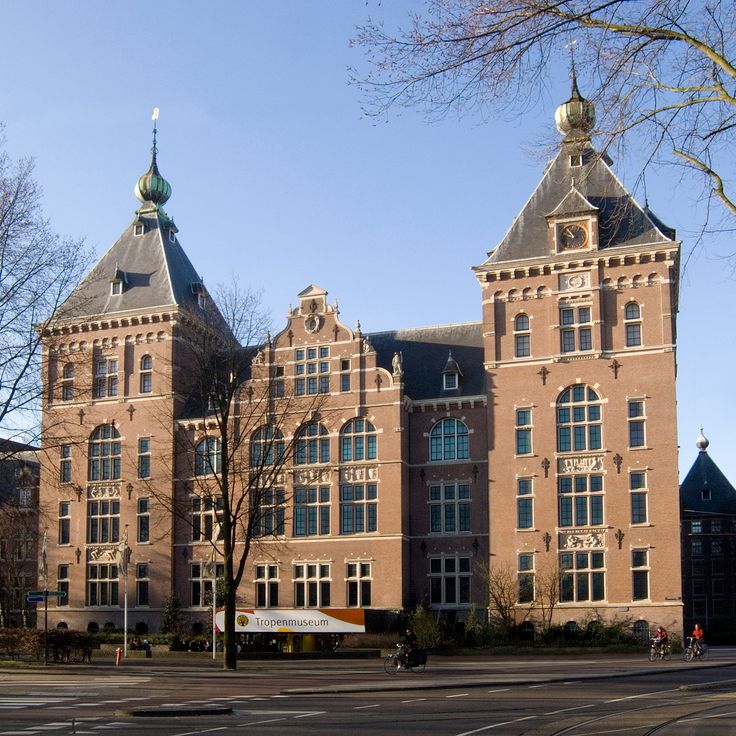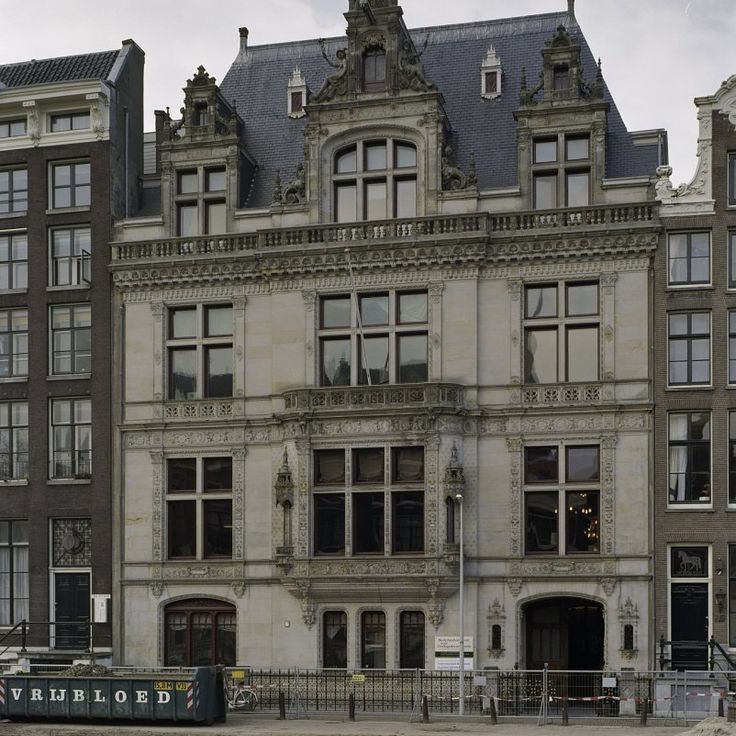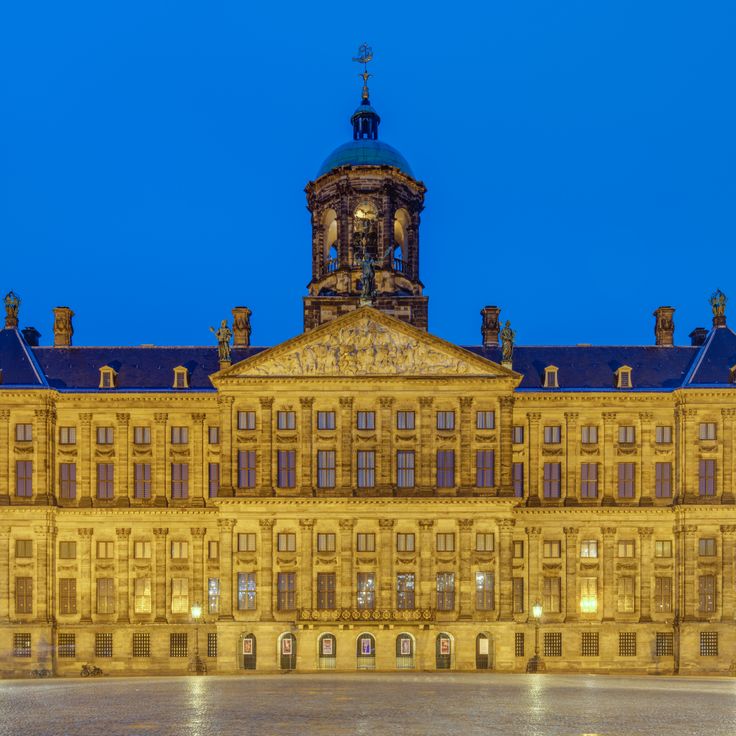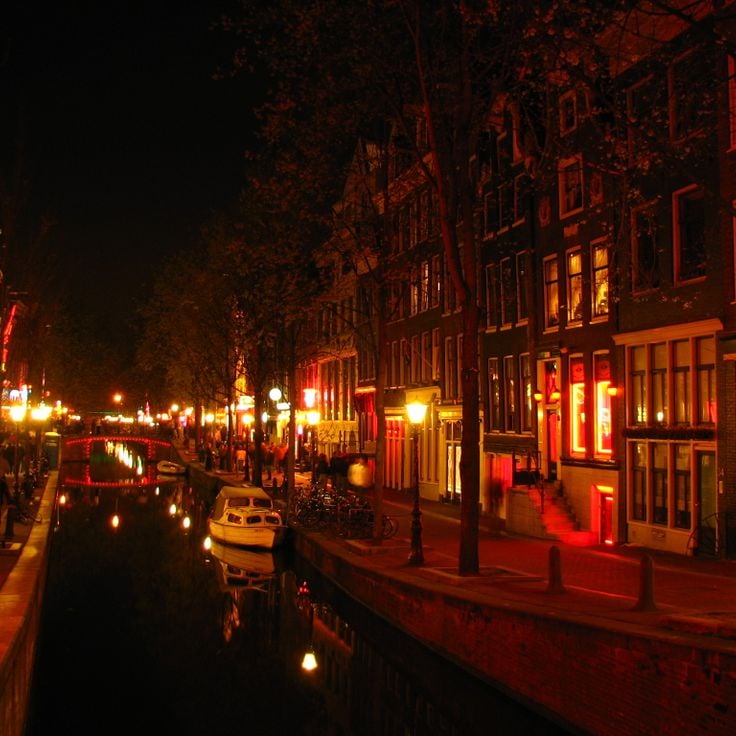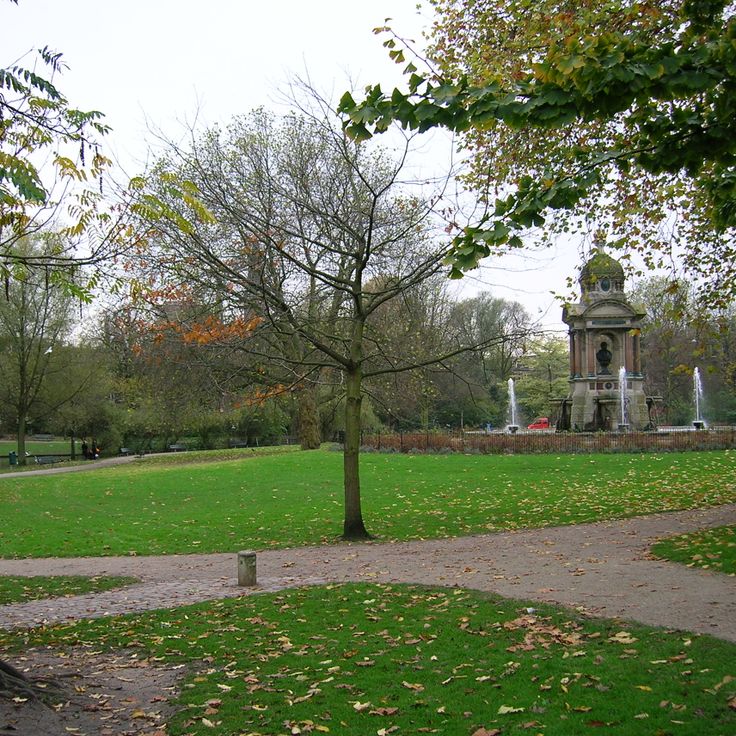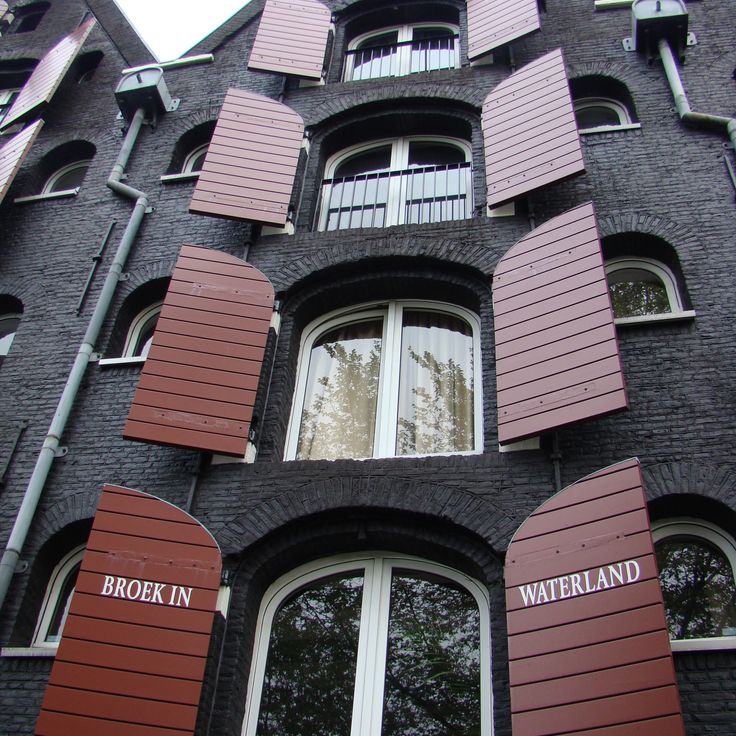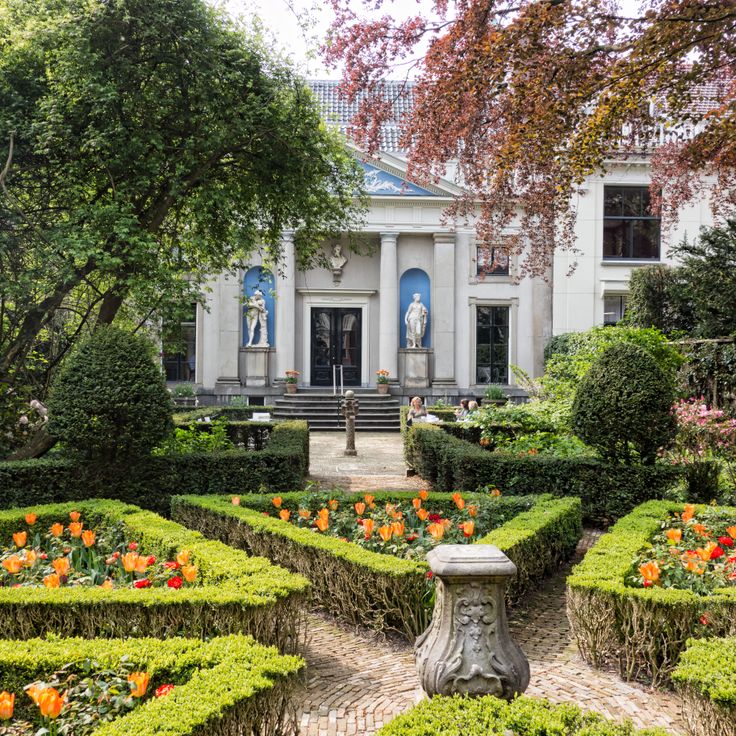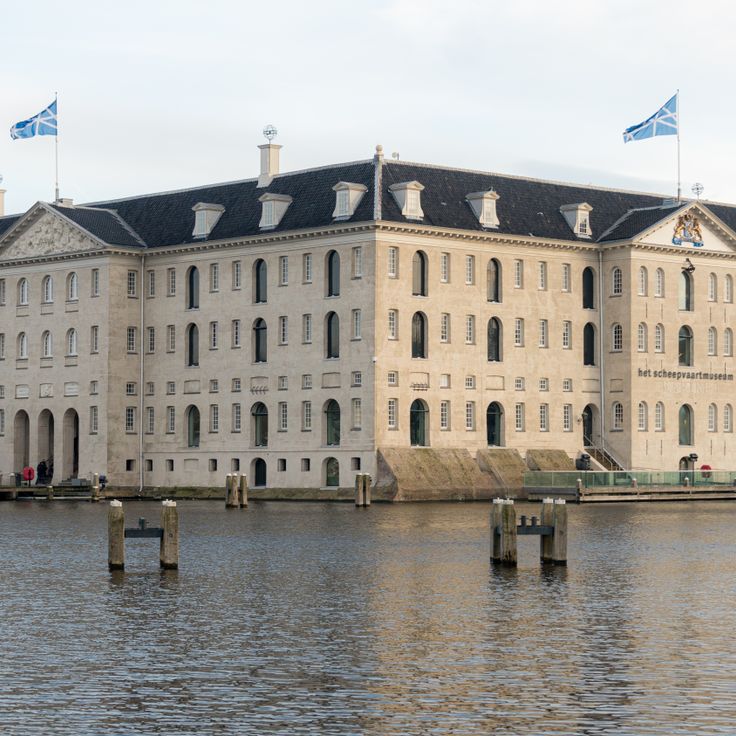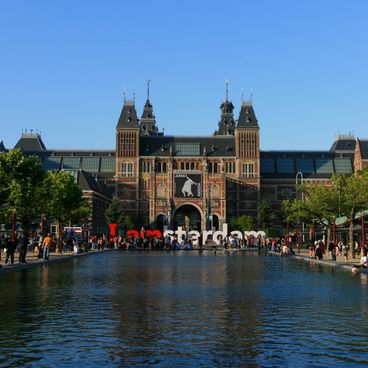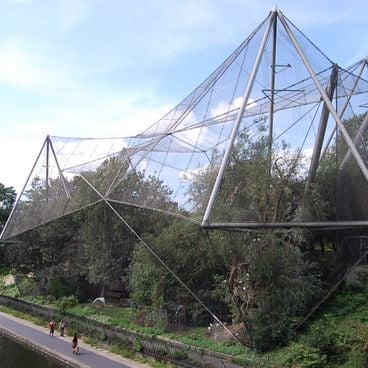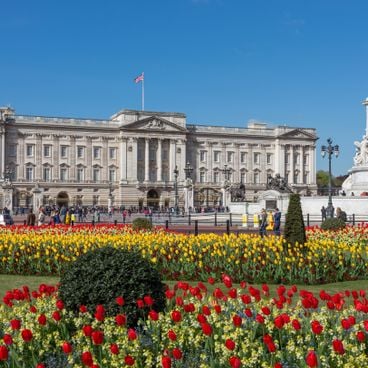Amsterdam provides photographers with numerous subjects throughout the city. The 17th-century canals form the historic center, where gabled houses and bridges reflect in the water. The Jordaan district displays traditional residential architecture, while the Oosterdok area presents modern structures including the Central Library and NEMO Science Museum. The Rijksmuseum and Van Gogh Museum offer both interior and exterior subjects. Vondelpark extends across 47 hectares, combining green spaces with urban elements. The Magere Brug over the Amstel river features evening illumination. Albert Cuyp Market captures daily life, while De Wallen combines historic facades with red lighting. The city suits architectural, street, and landscape photography. The flat topography and canals create specific lighting conditions. From morning to dusk, photographic conditions change across different neighborhoods.
The Rijksmuseum houses the largest collection of Dutch art and history from the Middle Ages to the 20th century. The neogothic building presents masterpieces by Rembrandt, Vermeer and Frans Hals. Rembrandt's Night Watch forms the centerpiece of the collection. The museum also displays Delft pottery, Asian artworks and historical artifacts. The galleries span four floors with chronologically organized exhibition rooms.
The Anne Frank House occupies the original building on Prinsengracht where Anne Frank and her family hid from July 1942 until August 1944. The museum displays the preserved rooms where the family lived in hiding, along with personal belongings and documents. The exhibition documents daily life in the secret annex and the history of persecution during the German occupation.
The Moulin De Gooyer is a wooden grain mill from 1725 that stands in eastern Amsterdam. At 26.6 meters tall, this smock mill ranks among the tallest windmills in the city. The mill was originally used to produce barley flour for breweries. Today it stands next to the smallest brewery in the Netherlands and serves as a technical monument to pre-industrial milling technology.
Vondelpark extends across 47 hectares in central Amsterdam, featuring expansive lawns, several ponds and landscaped gardens. The park opened in 1865 and was named after Dutch poet Joost van den Vondel. The grounds include winding paths, historic pavilions and the OpenluchtTheater, which hosts free performances during summer months. Visitors find playgrounds, cafés and various sculptures distributed throughout the area.
Keizersgracht is one of the three main canals in Amsterdam's 17th-century canal ring. The waterway features historic merchant houses with characteristic step gables, neck gables, and bell gables lining both banks. The facades display large sash windows typical of Dutch Golden Age architecture. Many buildings now serve as residences, galleries, or offices while maintaining their original structure.
The Magere Brug is a wooden drawbridge dating from 1934 that spans the Amstel River. This white-painted structure in traditional Dutch style is illuminated at night by 1200 electric lamps. The name means "skinny bridge" and refers to its narrow width. This bridge replaces several earlier versions at the same location and serves both pedestrians and cyclists. The lighting makes it a recognizable landmark along the river.
The Jordaan district sits west of the city center and was constructed in the 17th century as a working-class neighborhood. Narrow streets run through the area, lined with art galleries, antique shops, and restaurants. The streets bear names of flowers and plants. Hidden courtyards from the Golden Age provide quiet retreats between residential buildings. On Saturdays, a flea market takes place at Noordermarkt, while Mondays feature an organic market.
The Bloemenmarkt extends along the Singel canal on floating pontoons that serve as retail spaces. This market has offered cut flowers, tulip bulbs, seeds and gardening supplies since 1862. Vendors display their goods in colourful arrangements directly on the historic barges. Visitors find Dutch tulip varieties, exotic plants and traditional souvenirs here. The market combines commercial activity with the architecture of the canal belt.
Dam Square is the central plaza of Amsterdam, connecting several of the city's main thoroughfares. This historic site hosts the 17th-century Royal Palace, the Nieuwe Kerk church, and the National Monument. The architecture combines various periods, with buildings from the Dutch Golden Age and the 19th century. The square serves as a meeting point and venue for public events throughout the year.
The Begijnhof is an enclosed courtyard dating from the 14th century, originally established as a residence for Beguines, pious women who lived in a religious community without taking monastic vows. The complex features historic houses arranged around a green courtyard, along with two churches: the Catholic Begijnhofkapel and the Engelse Kerk, a 15th-century Reformed church. Amsterdam's oldest preserved wooden house, the Houten Huys from around 1425, stands within the grounds. The Begijnhof provides a quiet retreat in the city center and documents the religious and social history of Amsterdam.
A'DAM Lookout occupies the 20th floor of a former office building on the northern bank of the IJ waterway. The observation deck provides 360-degree views across the city, harbor, and surrounding polder landscapes. Visitors can explore interactive exhibitions about urban development and the building's history. The rooftop features a swing that extends over the tower's edge.
Westerkerk was built between 1620 and 1631 following the designs of architect Hendrick de Keyser in the Dutch Renaissance style. The 85-meter tower, called the Westertoren, displays the imperial crown of Maximilian of Austria and houses a carillon. The Protestant church stands in the Jordaan district along the Prinsengracht canal. Rembrandt was buried here in 1669, though the exact location of his grave remains unknown. The church features three naves and was constructed during the Dutch Golden Age as the largest Protestant church in the country.
The Stedelijk Museum houses a major collection of modern and contemporary art featuring works by artists such as Mondrian, Malevich, Warhol and Lichtenstein. The exhibition spaces present paintings, sculptures, photographs and design objects from the past hundred years. The museum was founded in 1874 and reopened in 2012 after extensive renovations with a modern extension that includes new galleries and event spaces.
The Eye Filmmuseum stands as a distinctive white building on the northern bank of the IJ river, directly opposite Amsterdam Central Station. Opened in 2012, this institution was designed by Austrian architects Delugan Meissl and houses the Dutch national film archives containing over 46,000 films. The museum features four cinema halls, rotating exhibitions on film history, and a restaurant offering panoramic views of the city. Its asymmetrical architecture with a white facade creates a modern contrast to the historical city skyline and can be reached via a free ferry from Central Station.
The Seven Country Houses form a 19th-century architectural curiosity in central Amsterdam. Each of these adjoining buildings was designed in the typical style of a European country: Germany, France, Spain, Italy, Russia, the Netherlands, and England. The facades display characteristic features of their respective national architecture, offering a compact overview of different European building traditions. This unusual arrangement makes the houses an interesting photographic subject for architecture enthusiasts.
The Hortus Botanicus was established in 1638 as a medicinal herb garden for physicians and apothecaries, and grew into a significant scientific collection during the Dutch Golden Age through the import of exotic plants from colonial trade routes. The garden now houses over 4000 plant species from various climate zones, including three historic glasshouses dating from the 19th and early 20th centuries. Notable specimens include a Ginkgo biloba tree that is over 200 years old, making it one of the oldest cultivated trees in Amsterdam. The 1870 Orangery and the 1912 Palm House offer photographers interesting subjects with their iron and glass architecture.
The NDSM Wharf is a former shipyard on the northern bank of the IJ River that has transformed into a cultural and creative hub. This expansive industrial site hosts art installations, studios, galleries and event spaces. The container village houses start-ups, designers and small businesses. Restaurants, cafés and food trucks provide dining options throughout the area. The architecture combines original shipyard buildings with contemporary additions. Accessible by free ferry from Central Station, the site offers views across the water to Amsterdam's skyline.
The Moco Museum occupies a 19th-century townhouse in Amsterdam's Museum Quarter and presents contemporary art and street art. The collection features works by Banksy, Andy Warhol, Jean-Michel Basquiat, Keith Haring, and other modern and urban artists. Founded in 2016, the museum displays both permanent and temporary exhibitions that make provocative and popular art forms accessible to a wide audience.
Oude Kerk is the oldest parish church in Amsterdam, consecrated in 1306. This Gothic basilica stands in the historic center of the city and features a fifteenth-century wooden roof, one of the largest of its kind in Europe. The interior displays high vaulted ceilings, wide aisles, and numerous floor tombstones commemorating prominent citizens. The large stained glass windows date from different periods and depict biblical scenes and donor coats of arms. The detached bell tower was added later and rises to a height of 67 meters, dominating the surrounding area.
The Rembrandthuis is the former residence of Dutch painter Rembrandt van Rijn, where he lived and worked from 1639 to 1658. The three-story 17th-century building displays the authentically furnished living quarters, studio and extensive art collection of the artist. Visitors can view the etchings, drawings and personal belongings that provide insight into Rembrandt's life and work. The museum regularly organizes demonstrations of historical printing techniques in the faithfully reconstructed workshop.
The Botanical Garden of Amsterdam was established in 1638 and ranks among the oldest botanical gardens in the world. This historic institution houses more than 4000 plant species from various climate zones, displayed in several greenhouses and outdoor areas. The collections include tropical plants, desert flora, Mediterranean species, and a notable palm collection. The garden serves both scientific research and education, offering visitors the opportunity to explore the botanical diversity of our planet.
The Ons' Lieve Heer op Solder is a 17th-century Catholic house church built in the attic of a merchant's home. This church was established in 1663 when public Catholic worship was prohibited in Amsterdam. The sacred space spans three floors and features a baroque altar, an organ, and a gallery. The building now operates as a museum that documents the history of religious tolerance in the Netherlands.
The Museum of World Cultures displays an extensive collection of 175000 objects and 67000 photographs from non-Western cultures. The exhibits originate from Africa, Asia, Oceania and the Americas. Housed in a building constructed in 1926, the museum presents ethnographic collections that provide insight into traditional lifestyles, crafts and rituals of various peoples. The photographic collection documents both historical and contemporary aspects of these cultures.
The Herengracht was constructed in 1612 as one of the three main canals forming Amsterdam's canal ring. Along its banks stand grand 17th-century merchant houses featuring characteristic stepped gables and elaborate facades that represent the Dutch Golden Age. The architecture reflects the prosperity of the trading city during this period.
The Royal Palace of Amsterdam was built in the 17th century as a city hall and later served as a residence for the Dutch monarchy. The building displays classicist architecture with Corinthian pilasters on the facade. Inside are several halls with marble floors and walls, including the Citizens' Hall with world maps on the floor. The rooms contain paintings by Dutch masters as well as furniture and chandeliers from various periods. The palace stands on Dam Square in the city center.
Zoo Artis was founded in 1838, making it the oldest zoo in the Netherlands. The grounds span several hectares in the Plantage district and house more than 750 animal species from different continents. Beyond the animal enclosures, this zoo features botanical gardens with a collection of historic greenhouses from the 19th century. The complex also includes an aquarium, a planetarium, and several protected buildings that document the history of zoological research.
De Wallen represents Amsterdam's oldest district, extending along a network of medieval canals in the historic city center. The narrow cobblestone streets dating from the 14th century run parallel to the waterways, forming a characteristic urban layout. The district features brick architecture, numerous bridges, and typical narrow gabled houses. After nightfall, red lighting from the windows transforms the street ambiance. The Oude Kerk, a Gothic church from 1306, stands as an architectural testament to the district's history among the canals.
Sarphatipark is located in the De Pijp neighborhood and features lawns, a pond, and a playground. This 19th-century green space serves local residents as a recreation area for jogging, picnicking, and social gatherings. Named after physician and urban planner Samuel Sarphati, the park provides pathways and benches that create a quiet retreat in southern Amsterdam.
Prinseneiland is an artificial island in the Westerdok area, created in the early 17th century. The island features historic warehouses from the Dutch Golden Age, lined along narrow canals. Today, numerous houseboats are moored along the quays, while the former storage buildings have been converted into residences and workshops. The quiet location away from tourist crowds makes Prinseneiland an authentic neighborhood with industrial heritage and waterfront views.
The Museum van Loon occupies a 17th-century canal house on the Keizersgracht. This historic residence displays period-furnished rooms with furniture, portraits and artworks from different eras. The symmetrical garden behind the house maintains its classical French style with boxwood hedges and sculptures. The rooms provide insight into the lives of Amsterdam's upper class during the Golden Age and subsequent centuries.
The National Maritime Museum is housed in a historic naval warehouse dating from 1656. The museum displays an extensive collection of ship models, navigation instruments and maritime charts that document Dutch naval history. The exhibitions present the development of the merchant fleet, the navy and the voyages of discovery that established the Netherlands as a major maritime power. Visitors can explore faithful reproductions of ship cabins and learn about life aboard vessels during different historical periods.

